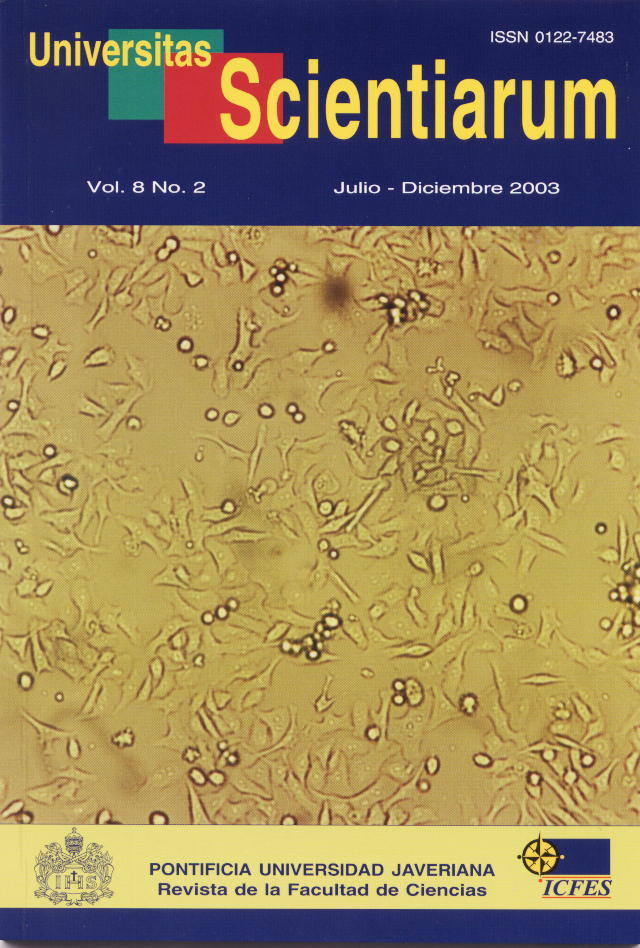Evaluación de la influencia de la agitación y de la concentración de formadehído en la detoxificación de la toxina tetánica
##plugins.themes.bootstrap3.article.details##
Abstract
The study’s objective was to determinate the optime conditions to make detoxification the tetanus toxin. A total of 12 test (6 by each lot of the TT003 and TT007 toxin), where three different concentrations of formaldehyde were evaluated (1%, 1.5% and 2%), and two agitation conditions (without and with agitation at 100 r.p.m). All tests were made by duplicate; and the data was analized through statistics design (variance). Starting on the 7th day the tetanus toxin ceased to be mortal for the mice, at 1.5% of formaldehyde it showed less lost of the title in relation to the other 2 concentrations; from the agitation stand point, there was not significant difference with the agited one, although the answer was better in this last one. After having controlled all these conditions, it was determinated that they can be reproduced on a industrial scale; it was verifed through 4 quality control test (sterility, potency, toxicity and reversion). It was found that the optime conditions for the detoxification was 1.5% formaldehyde in constant agitation for a 21 days period.
Keywords
References
How to Cite
Céspedes, M., Díaz, S., Gutiérrez Rojas, I. D. S., & Arias, J. (2003). Evaluación de la influencia de la agitación y de la concentración de formadehído en la detoxificación de la toxina tetánica. Universitas Scientiarum, 8(2), 23–30. Retrieved from https://revistas.javeriana.edu.co/index.php/scientarium/article/view/4461
Issue
Section
Clinical Microbiology


